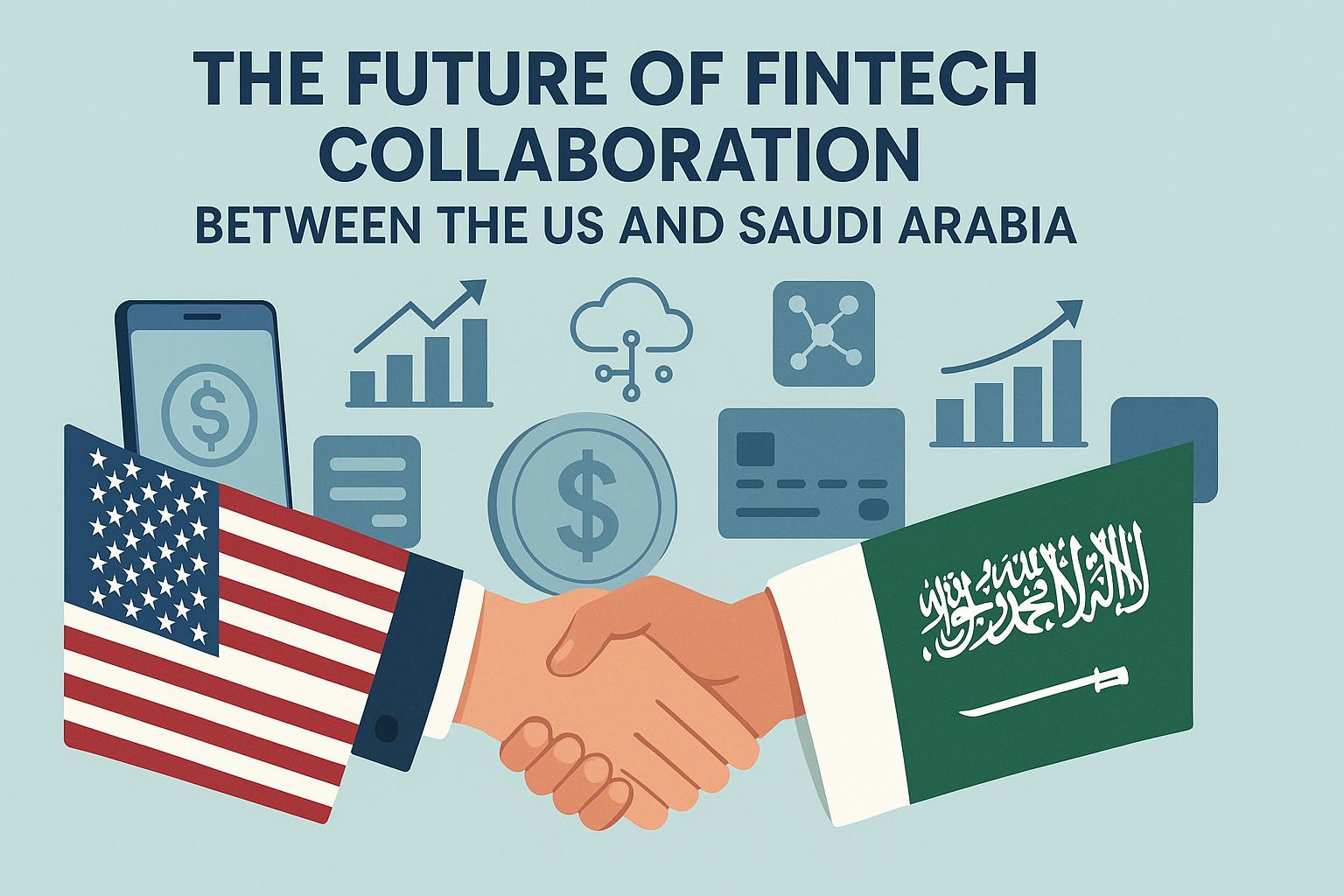The Growing Synergy Between US and Saudi Arabian Fintech Sectors
The intersection of technological innovation and financial modernization marks the collaboration in the fintech sector between the United States and Saudi Arabia. The intentional focus on digital finance by both nations presents an expansive potential for future advancements in this critical industry. By understanding the unique contribution each country brings to the table, stakeholders can better visualize the pathways available for growth and cooperation.
The Rise of Fintech in the US and Saudi Arabia
The global financial landscape has been significantly influenced by the rise of fintech. In the United States, a robust ecosystem comprising startups, established financial institutions, and tech giants positions it as a leader in driving innovation. The presence of major technological hubs such as Silicon Valley adds a layer of dynamism, supporting a fertile environment conducive to fintech growth and experimentation. The combination of academic research, venture capital, and a skilled workforce contributes to the US’s leading position in the fintech sector.
Conversely, Saudi Arabia is emerging as a promising market with a strong desire to modernize its financial infrastructure. The country’s Vision 2030 initiative underlines its commitment to economic diversification away from an oil-dependent economy. A significant component of this vision is the embrace of digital transformation, with a particular focus on revamping the financial sector. Saudi Arabia’s focus on fintech is not only a response to the global trend but also a domestic necessity to improve economic resilience and create new revenue streams.
Key Areas of Collaboration
Several essential areas have been identified as focal points for collaboration between the US and Saudi fintech ecosystems:
Regulatory Framework: As fintech innovations emerge, they often challenge existing regulatory frameworks. Both the US and Saudi Arabia are actively navigating this complex landscape. By sharing strategies and effective policies, the two nations can cultivate an environment that supports growth while maintaining necessary compliance and security standards. This collaboration provides a platform for mutual learning and exchange of best practices, which is crucial for crafting cohesive regulatory frameworks to ensure safe and efficient fintech operations.
Investment Opportunities: There is an observable increase in fintech investments flowing between the US and Saudi Arabia. American venture capitalists are increasingly drawn to explore opportunities in Saudi Arabia due to its burgeoning market and supportive government policies. In parallel, Saudi investors are recognizing the innovation and transformative potential inherent in US fintech startups, leading to increased investment interest. This cross-border flow of investment capital not only fuels growth but also strengthens ties between the two countries’ fintech sectors.
Technology Exchange: The exchange of technological expertise forms a vital component of the collaboration. The US has established itself as a leader in cutting-edge technologies, including blockchain and artificial intelligence. Saudi firms stand to benefit from adopting these technologies into their local financial services, facilitating enhanced customer experiences and operational efficiencies. Through technology exchange, both nations can create synergies that push the envelope of what is possible within the fintech realm.
Challenges and Considerations
While the collaboration between these two fintech powers is promising, several challenges and considerations must be addressed to ensure its success:
Cultural Differences: Understanding and adapting to the cultural and business practices between the US and Saudi Arabia is critical. Mutual respect and a willingness to comprehend differing perspectives will enhance collaboration and aid in overcoming potential misunderstandings.
Regulatory Divergence: Differences in regulatory standards and approaches could hinder seamless collaboration. Continuous dialogue and efforts towards aligning international fintech regulations are essential to overcoming these challenges. Both countries need to engage in proactive communication to bridge any regulatory gaps that may arise.
Security and Privacy: The priority of maintaining security and privacy in fintech transactions cannot be overstated. Both nations must emphasize adopting robust cybersecurity measures to safeguard transactions and user data. This requires ongoing collaboration to develop and implement best practices in cybersecurity that are adaptable to their respective technological environments.
Looking Ahead
The fintech collaboration between the United States and Saudi Arabia holds considerable promise for shaping a modern, globally interconnected financial marketplace. By leveraging each other’s unique strengths and resources, the two nations can drive innovations that may lead to significant advancements in financial technologies and services. The potential outcomes of this collaboration extend beyond bilateral benefits; they represent a collective step forward in the evolution of the global fintech ecosystem.
As this partnership evolves, stakeholders should remain informed and engaged, leveraging resources that provide further insights and developments in the fintech sector. For those interested in ongoing updates and in-depth analysis, platforms such as Finextra and CNBC Technology offer comprehensive coverage of fintech trends and collaborations on a global scale.
Ultimately, the intersection of US and Saudi fintech sectors represents not only a fusion of technology and finance but a shared vision for a future-driven economy. In coming together, these nations can pioneer innovations that set new standards for the financial industry worldwide, serving as a model for other nations aspiring to similar collaborations. As they address existing challenges and explore fresh opportunities, the partnership has the potential to redefine what is possible in the fintech arena, setting the stage for an era of unprecedented financial and technological growth.
This article was last updated on: October 9, 2025




